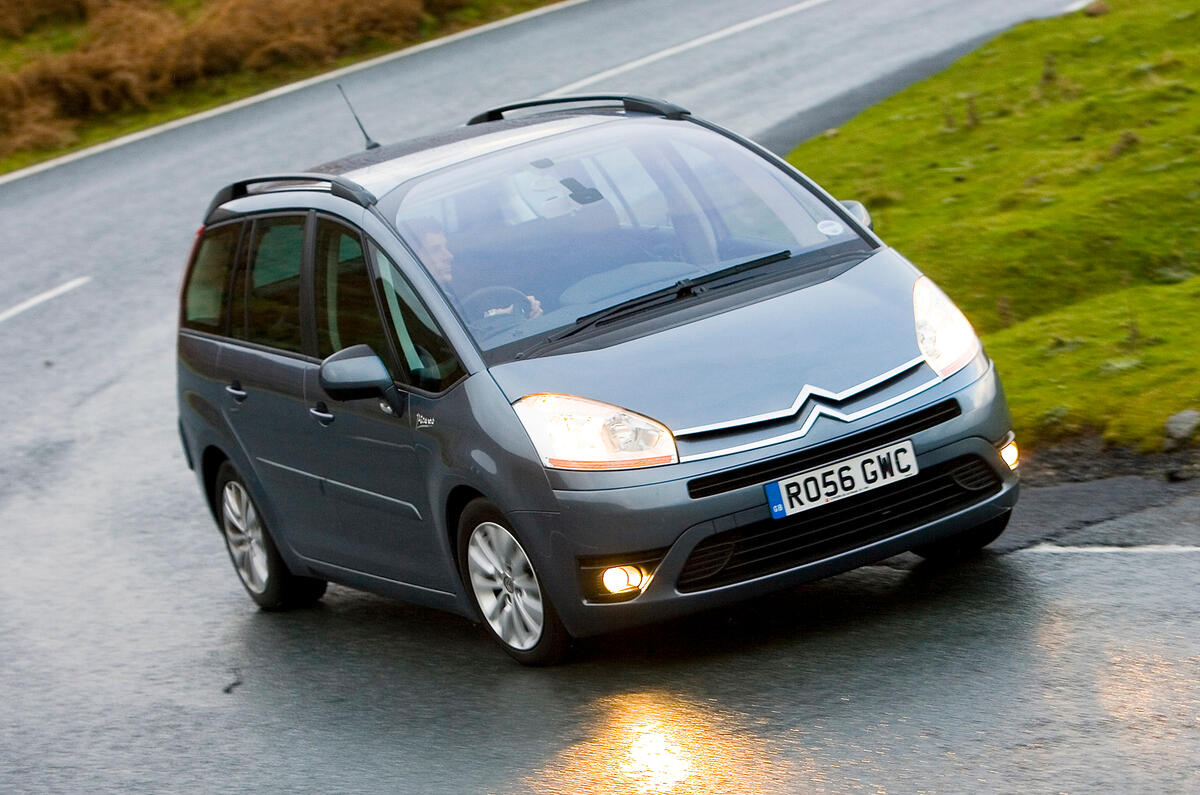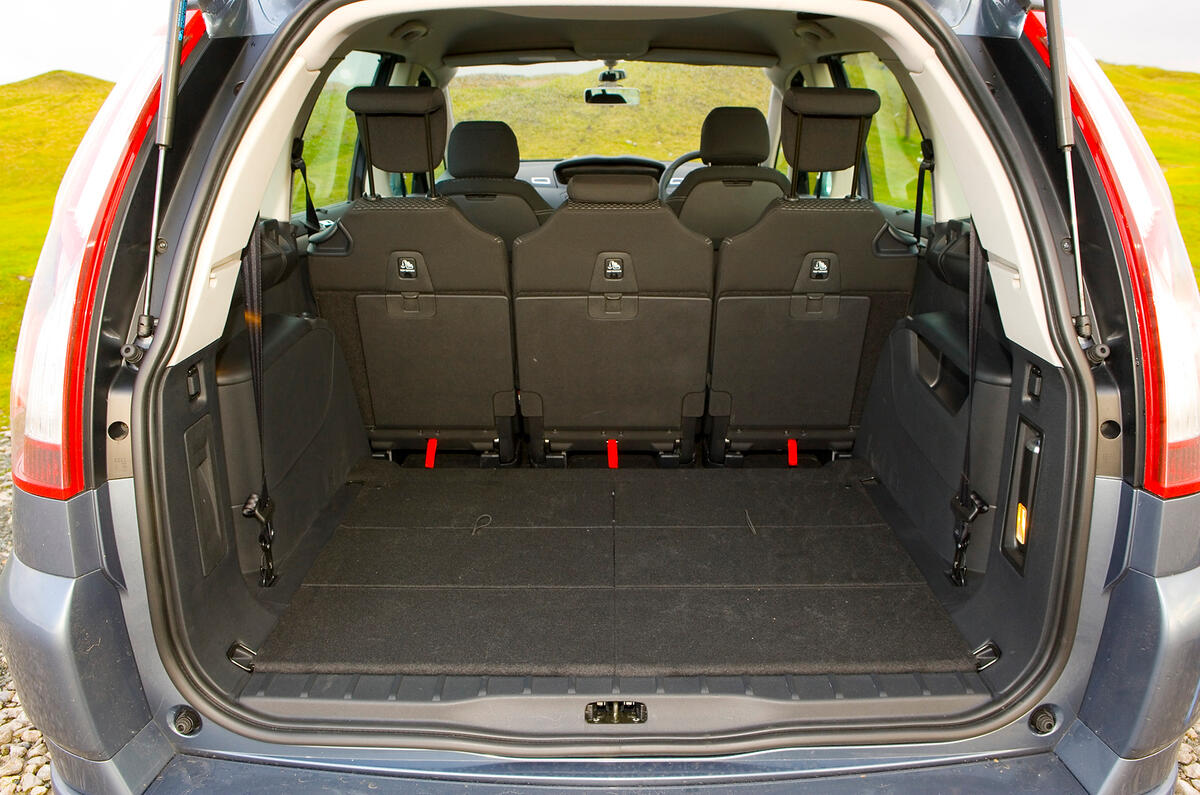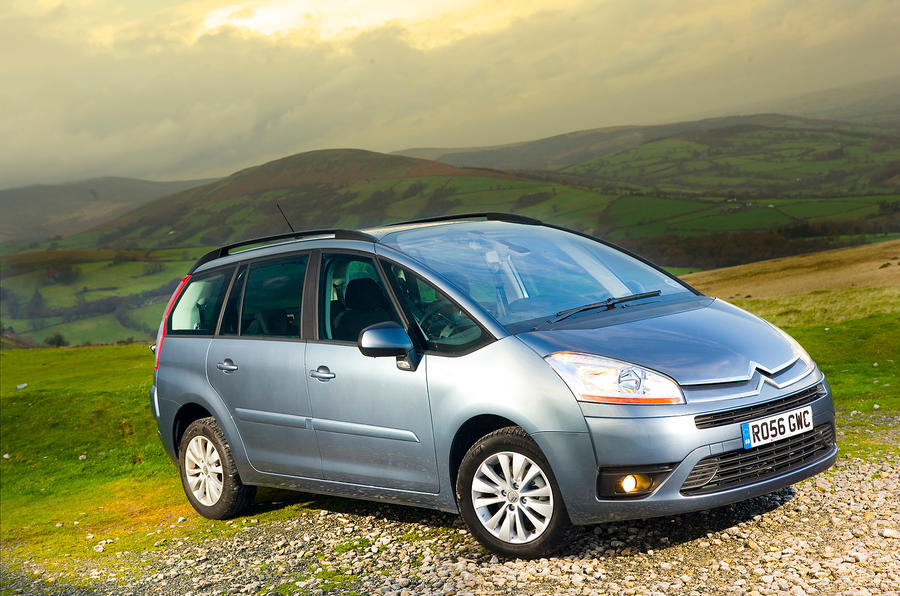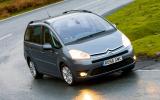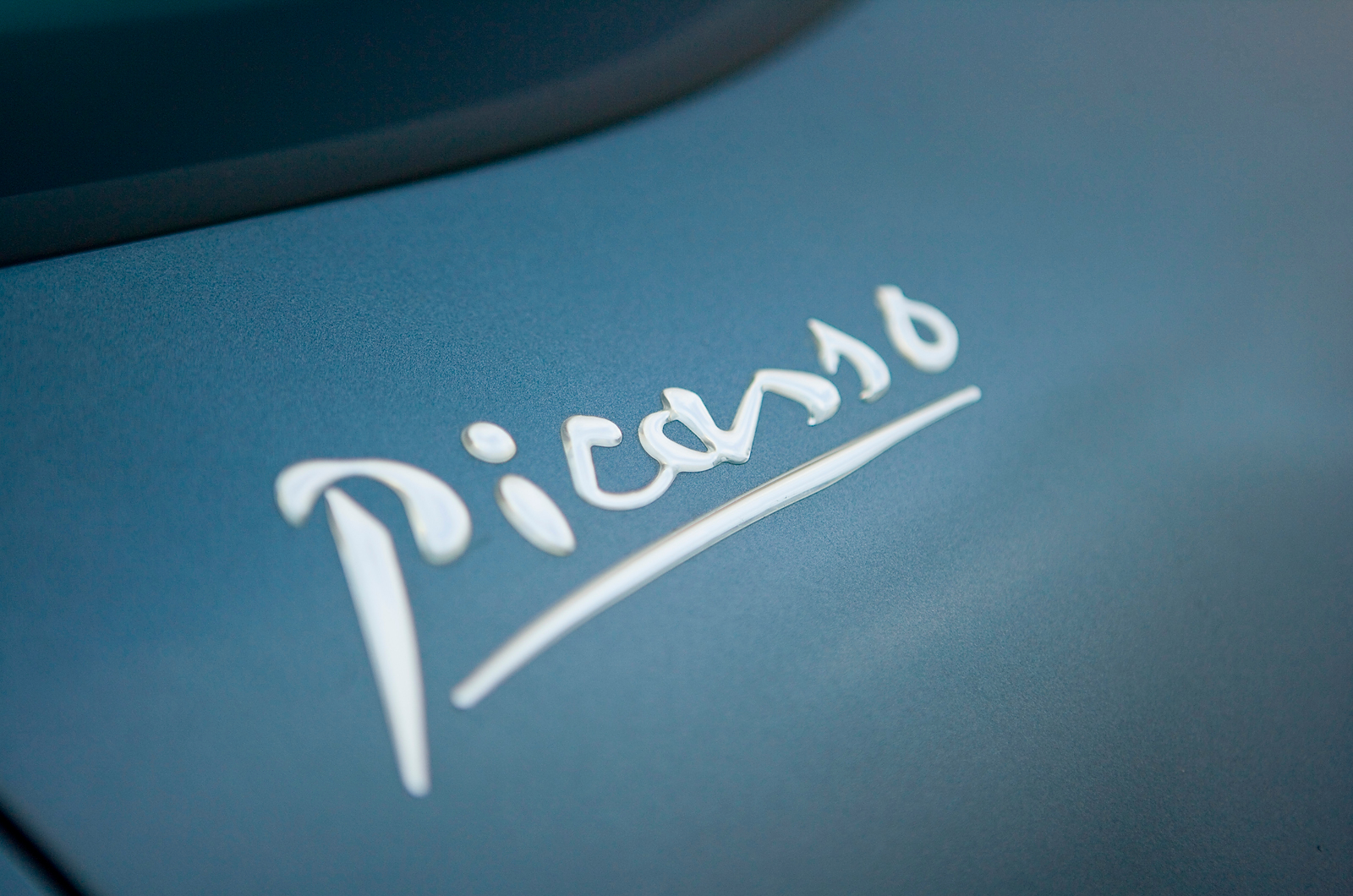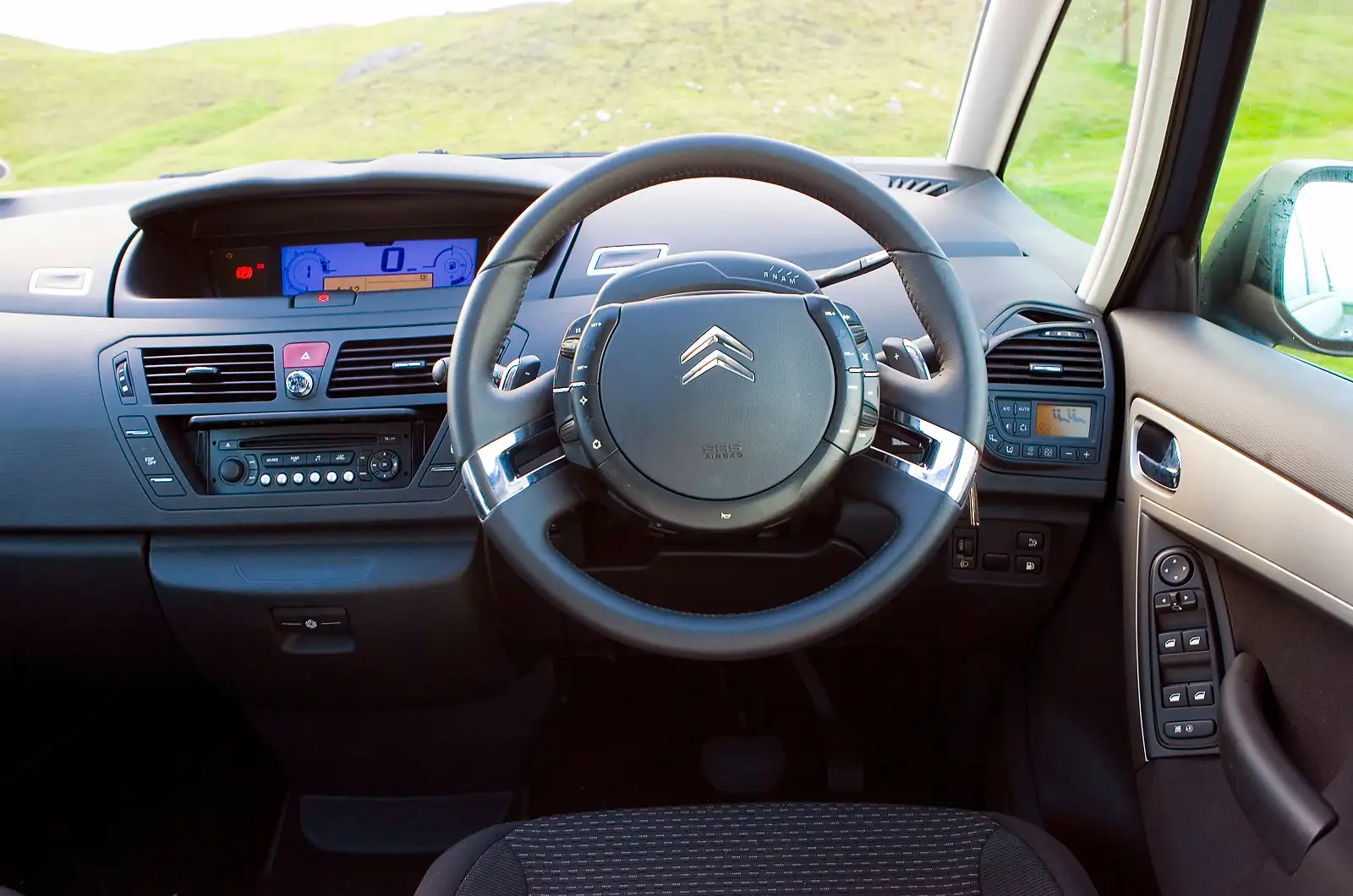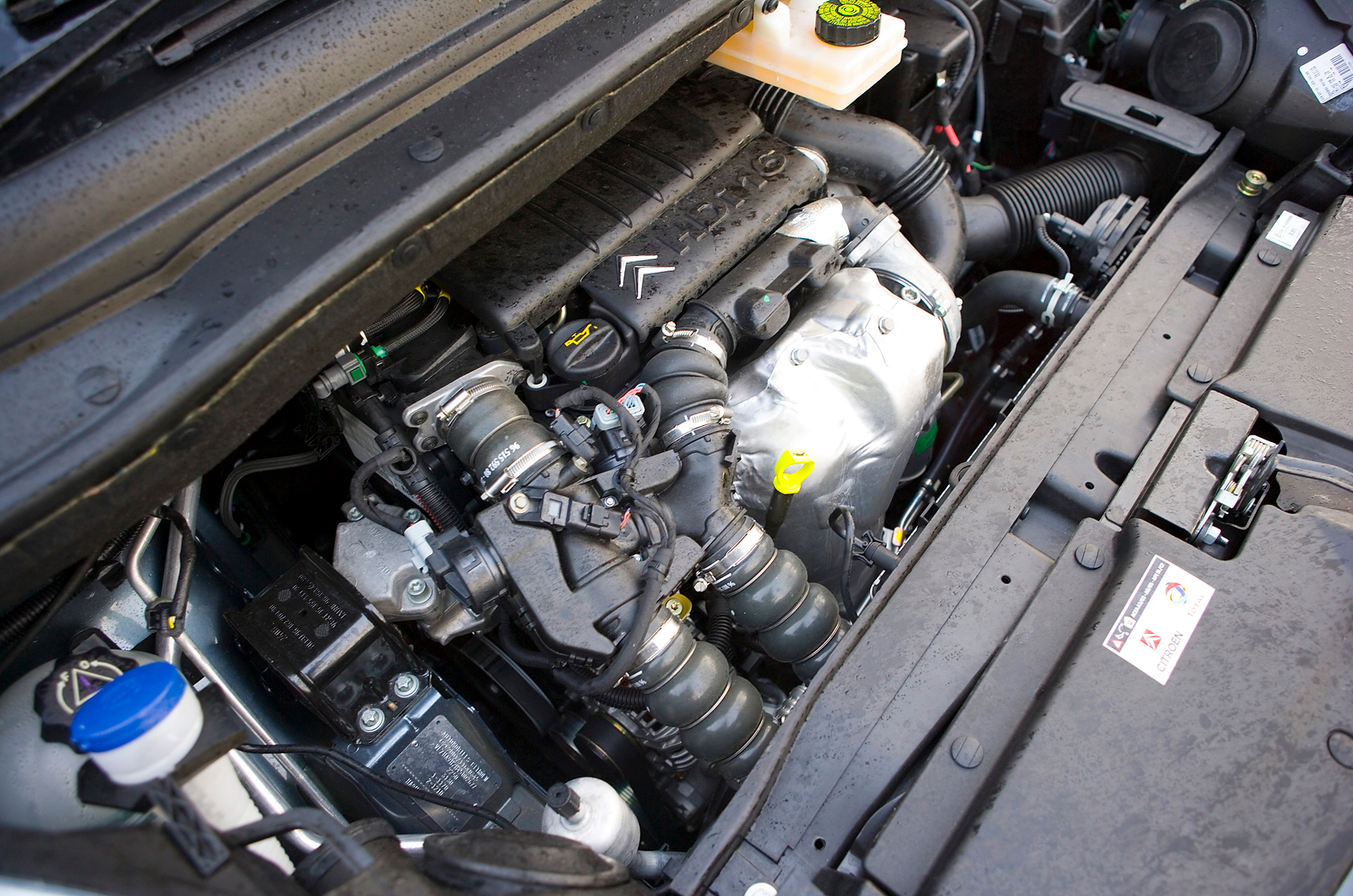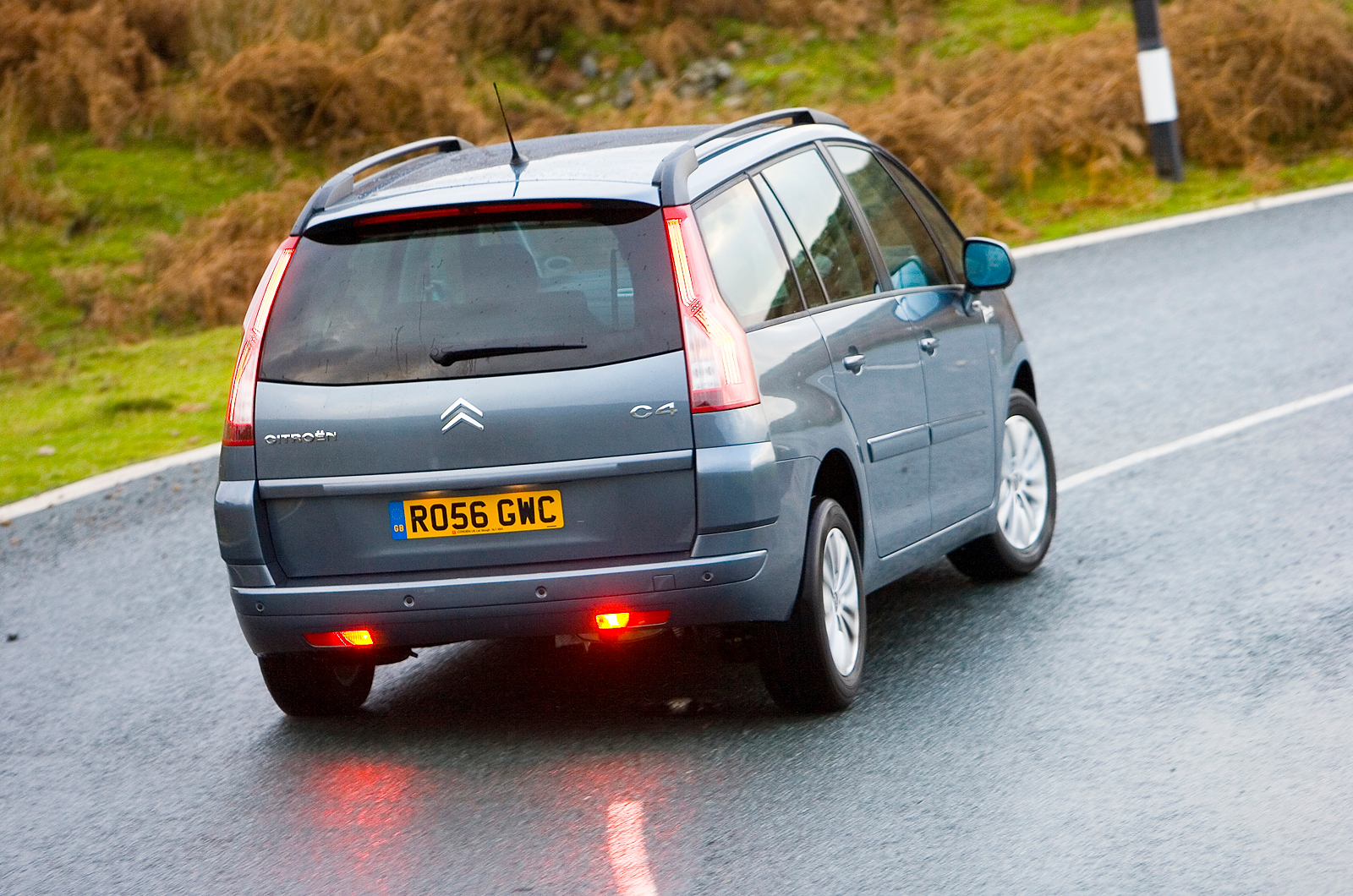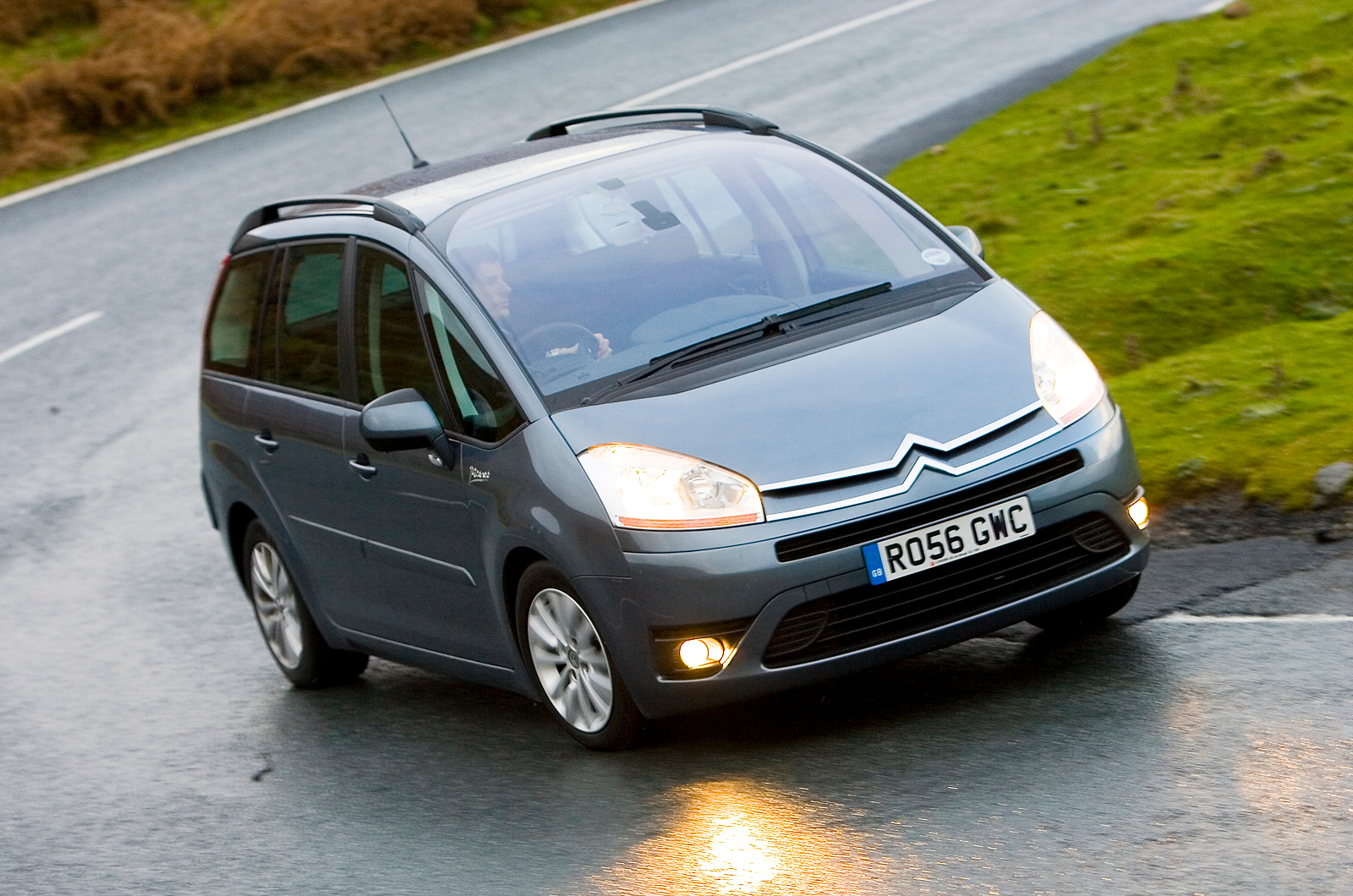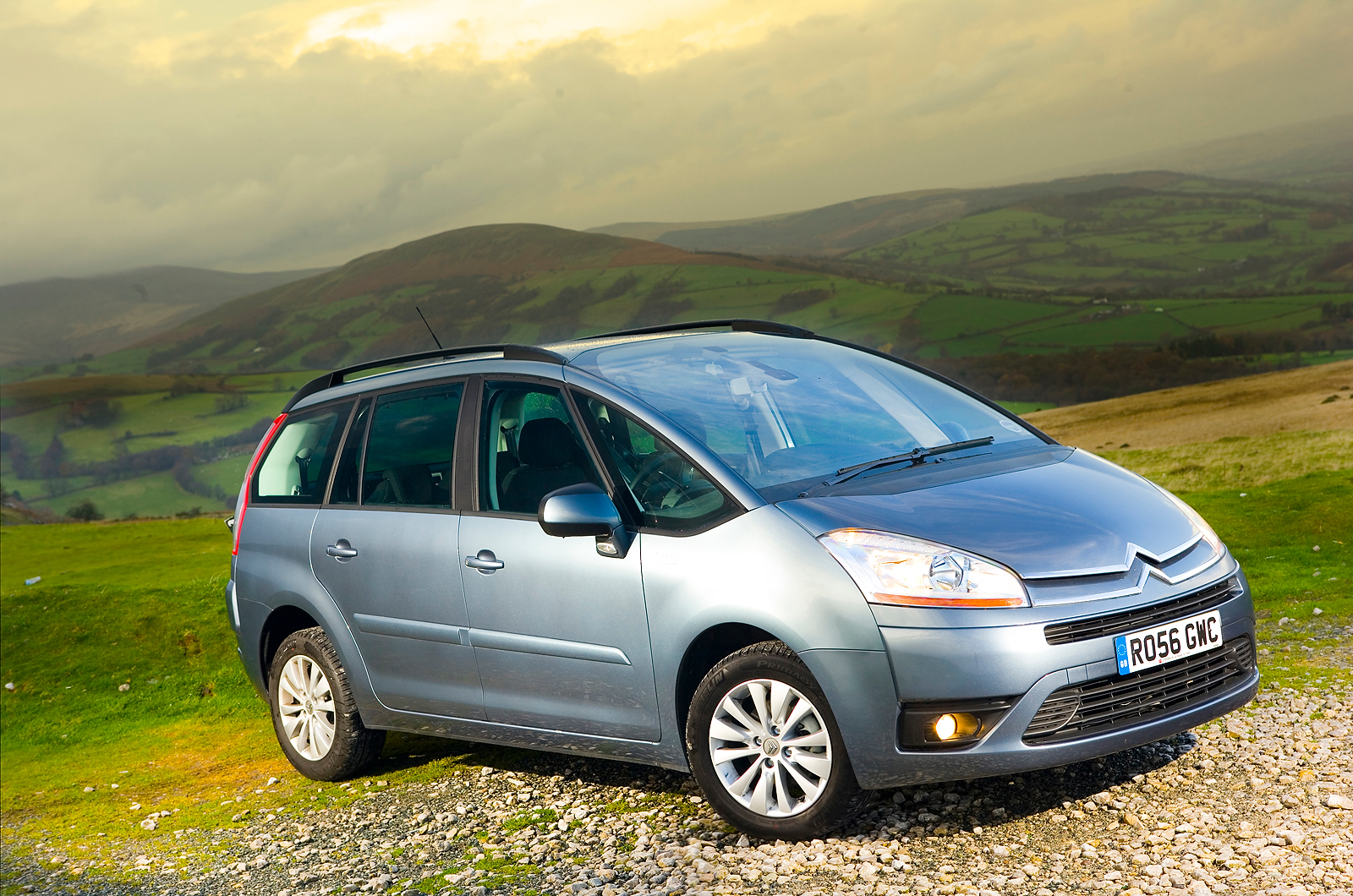The seven-seat version of the Citroën C4 Picasso is the car that the French manufacturer hopes will jolt mid-sized MPV buyers out of the stupor that leads to them queuing up to buy amorphous blobs with all the visual excitement of wet cement.
The C4 Picasso – which first appeared in 2007 – certainly brings a sense of French flair to the segment. The Picasso's glass-house alone, with quarter-lights like sails and a windscreen that wouldn’t look out of place on a helicopter, instantly distinguishes it from anything else on the road.
But the C4 Picasso has a hard act to follow. The old Xsara-based Picasso was the best-selling MPV on the market for a long time, despite neither looking distinctive nor driving with distinction.
But since then the market has figured out what most of us knew all along: a five-seat MPV is no more a ‘people-mover’ than a five-seat hatch or saloon.
And now it’s been proven that a third row seats can be fitted without compromising practicality, luggage space or comfort, that’s the way the market has headed.
So Citroën has extended the wheelbase of the C4 on which the new Picasso is based and installed a third row of seats. Thus equipped, it can take on a new breed of compact people-carrier such as the Vauxhall Zafira and Mazda 5.



